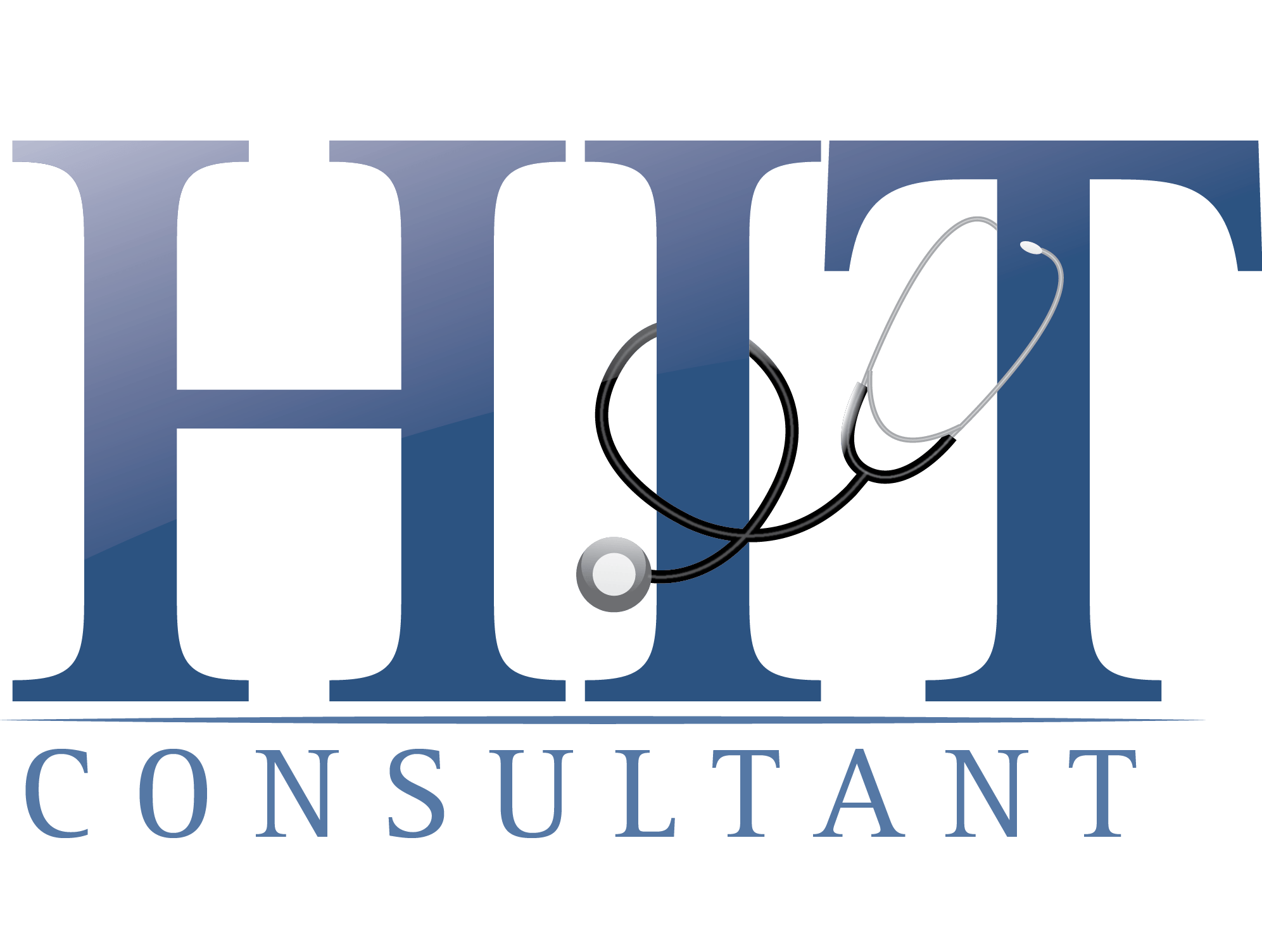New white paper from AdvancedMD offers eight best practices to improve patient payments
Private practices are now among the largest unsecured credit grantors in the country. In fact, more than $1 out of every $4 of practice revenue is the patient’s responsibility. How did we get to this point? As the money from insurance companies decreases, patient portions have increased. As a result, both patient liability and bad debt are on the rise and healthcare providers are experiencing unprecedented revenue and margin pressure. This may not be the patient’s fault because, in many cases, the patient does not know what they owe at the time of service and, in many cases, they are not asked to pay anything more than their copay.
Most practices don’t have policies or office procedures in place to facilitate payments against an outstanding patient
balance. Among those that do, they are often not enforced. It’s no wonder that private practices are feeling the financial squeeze, for patient portion has grown to represent ~23% of practice revenue, according to a 2012 InstaMed study entitled, Trends in Healthcare Payments. This same study stated patient portion has been growing by five to six percent per year. Getting control over patient portion an important focus on any private practice that expects to say private. Another interesting statistic: paying the physician bill is a low priority for the average person.
In October 2013, AdvancedMD funded a survey that asked 100 random participants to rate the priority of their bills. The goal of the survey was to determine which bills are paid first. Medical bills ranked number eight out of 10, behind food, utilities, car payments, cigarettes, cell phones and cable. When front office behavior enables a patient to walk out the door before asking for payment against an outstanding balance, the chances of collecting that money significantly diminishes. On average practices send 3.3 statements before receiving payment and wait an average of seven months (217 days) before placing an account with collections.
What can your practice do to improve? This white paper will provide eight easily-adoptable options, policies, techniques and scripts that can be used by most any practice to improve patient collections.
Download the white paper below to learn more.



